#MondayMaterials Episode 6 – Dr Gianpaolo Vignali
Meet the Department 17th August 2015
Gianpaolo Vignali was one of the first academics I met when I started working for the School of Materials. Just a few days into my job I was sitting in his office and discussing the intricacies of the Fashion SOC, a web app he is creating with his colleagues. So early in my time here, I didn’t feel I was very helpful that day, but Gianpaolo and his team were very patient and they’ve ended up being some of my most regular contacts here. I’m happy to say the app is now well on it’s way!
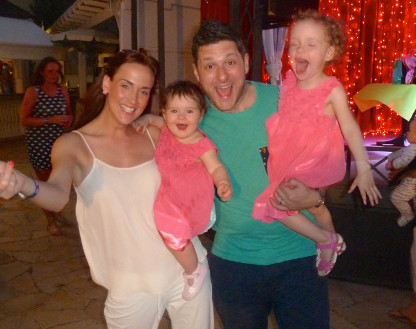
From that first day, I could tell that Gianpaolo was involved in some exciting research. I could also make a pretty good guess that he’d come across well on camera and in interview – some of the reasons for that will become clear further down the page! Enjoy episode 6 of #MondayMaterials:
Can you please explain your research, for the layman, in ten sentences or less?
So, with regards to the research that I do within the School there are two main avenues that I pursue. There’s what my traditional research is based on, and obviously my current projects, too.
In regards to traditional research, it’s very much around the marketing and the strategy of fashion organisations and seeing how they can improve their business performance and capabilities within the industry. I’ve got a number of publications along that route.
One of the areas that I’ve developed is through the mix-map method, using very much your traditional marketing tools such as the four P’s, the product life-cycle, and the Ansoff matrix, but amalgamated into a piece of software. So all these variables can be changed, if you will, to manipulate for each individual business – and it provides recommendations of what they need to do in the future to improve their positioning.
So, that’s my traditional research, and then what I’m currently working on now is very much related to my role within the School. I’m working on a Fashion SOC, which is a small online course. Within the Fashion SOC we’re trying to manage the transition between fourteen years of age right through to university, to try and encapsulate and encourage, and start the conversation with that group of students, to get them thinking about fashion as an education at a university. So, we’ve got a web app that’s currently being constructed in that area.
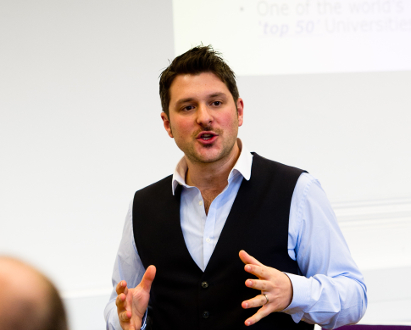
That all sounds very interesting, thank you. Can you tell us a bit about how your research benefits the general public?
In regards to the general public, the research that really fits in quite well would be through the Fashion SOC. It’s really trying to raise the awareness of fashion as an education area for prospective students to go and study in. And it’s a free web app that we’re creating so anybody can take part.
Now, with the construction of MOOCs in the past – they’re great, but one of the things that we’ve found in our research is that only 17% of participants finish a MOOC and actually go through to create a statement of achievement.
For young people, spending all that time on a Massive Open Online Course isn’t beneficial. So the SOC is really a taster into the degrees that we have here, within the fashion environment, which allows them to sample it and have a taster and create that little bit of inspiration.
So I would say that would be the biggest amount of impact at this time, with regards to what I’m currently researching into.
Could you tell us how you first got interested in your research area?
I first got interested many, many years ago.
I won’t give you a history lesson of my life, but I come from an Italian background and my parents owned Benetton franchises. So from a very early age I was involved in the businesses. Not as a worker – mainly as an observer from the ages of seven upwards!
But it really gave me that inspiration to want to be involved in business, but then obviously later realising fashion business.
So when it came to research it was very much looking at a business problem within an organisation, and this is what my PhD was based on. Looking at a business problem within an organisation to see how it could be improved; how do we approach a methodology of analysing that situation and creating requirements to solve the problems and provide a solution.
So that’s when it first started – that’s when it really began.
And was there anything or anyone that particularly inspired your interest in the industry as a whole?
I think my parents really inspired me to get into the industry. I very much come from a business orientated family and it’s really, I’d say, within the genes.
But to get into education, it was definitely my father. My father was a professor – he still is a professor, part time as a retired professor – and he’ll never stop. That’s part of our family’s work ethic, really. But it’s my father that’s really given me the inspiration to get into this industry.
I was very much along the lines of, you know: ‘I want to do maths as oppose to what my father did’ – which was business and management. My mother was a lawyer so she was pushing me down the lawyer route.
So my rebellious nature came out and I thought ‘right, maths it is for me’. But over time I’ve come to realise that fashion was the area I was best suited to.
And I’ve even used some of the ‘rebellious mathematics’ in what I’ve done through my research – which is important.
To move away from work for a bit – can you tell us a bit about what else you get up to? What do you do in your spare time?
Well, there’s a lot of things I do in my spare time!
I’m very much kept alive and awake throughout all hours of the day by my two children, Ava who’s one and Eleanor who’s three. So I’m very active in that pursuit.
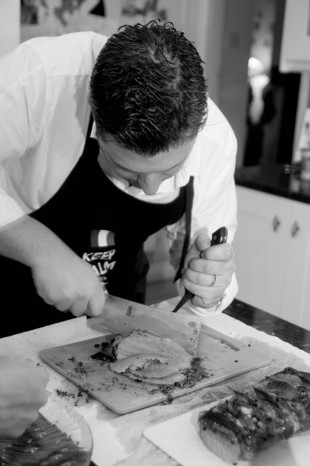
But pastime wise; I’m part of a band, I have been involved in amateur dramatics in the past – hence why I’m a bit of a thespian and like to perform on stage. That transpires into my admissions role, when I’m trying to convey the courses to prospective students.
And yeah, there’s football, there’s golf, I’m very active in that respect. I like going to the gym.
But I think the most important thing to me is my family life: making sure that wherever we are on a Sunday we’re either spending it as a family with my immediate family, my wife and two kids, or the close family that’s around it.
So that’s what I get up to!
Great – glad to hear you still have the time! Last question then: can you tell us a bit about how working here in Manchester has benefited your work and research?
Well, Manchester has really allowed me to realise my potential.
I’ve been able to work alongside colleagues that are well known in the industry. They’re leaders within their academic fields.
Having to work with somebody that trusts and believes in you, as well – everything that I’ve asked for I’ve been supported with. It’s been provided for me. So, from a research perspective: being able to get my research off the ground in regards to body scanning, having the 3D body scanner, has been a massive help.
And it’s just an encouraging atmosphere to be in and I would recommend it to any potential employee, anybody that wants to apply to work at the University.
It is a truly great place to work.
Thanks, Gianpaolo – and I definitely agree with your final point! Not quite sure how you manage to fit so much into your work and home life, but it was great to hear about it all. And what a great picture of the family.
We’ll be back in two weeks with Professor Sarah Cartmell, the Research Lead for the Biomaterials Group here in the School. Make sure you don’t miss it!
Body scanningBusinessDegreesEducationFamilyFashionMarketing strategyMOOCsResearchSchool of MaterialsStudentsUniversity of Manchester

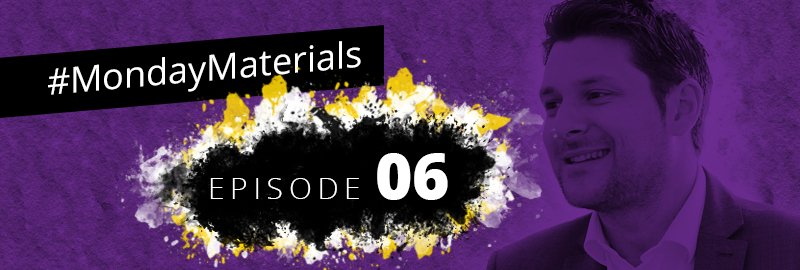
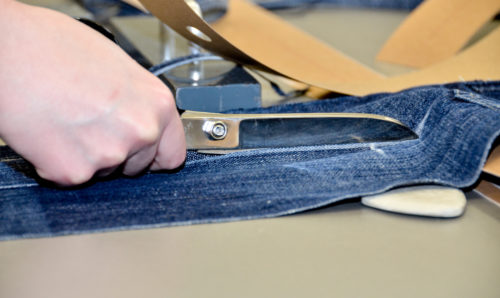
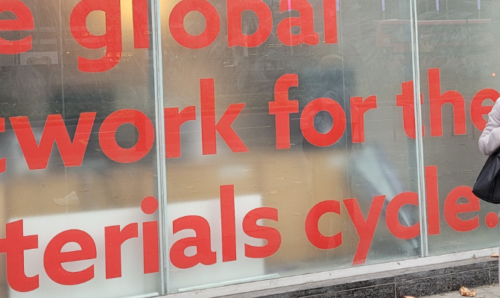
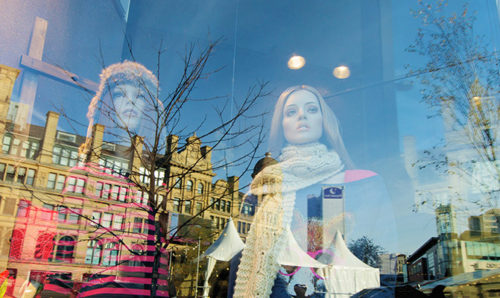
Leave a Reply
You must be logged in to post a comment.